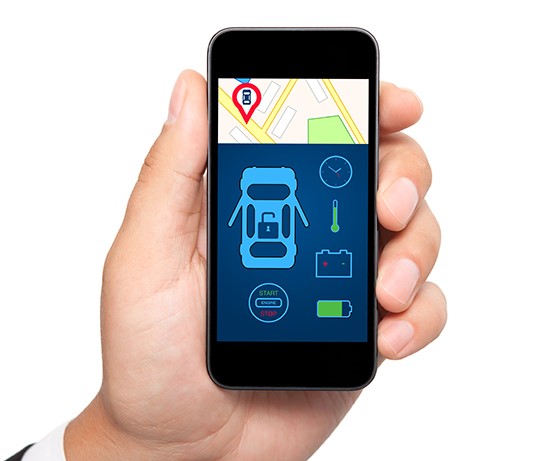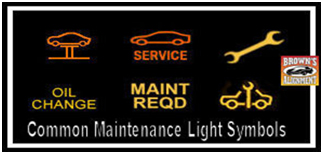 These days many people expect to be able to hop online wherever they are, even on the road. While many new vehicles come with WiFi capability already built in and powered by subscription-based cellular data options, many other vehicles don’t offer this convenience – particularly if they’re older. That doesn’t mean there aren’t options available for adding in-car WiFi capability that performs well and is economical.
These days many people expect to be able to hop online wherever they are, even on the road. While many new vehicles come with WiFi capability already built in and powered by subscription-based cellular data options, many other vehicles don’t offer this convenience – particularly if they’re older. That doesn’t mean there aren’t options available for adding in-car WiFi capability that performs well and is economical.
Five Options for Adding In-Vehicle WiFi
Use your smartphone as a mobile hotspot. Most smart phones allow the device to be used as a hotspot – a portal where other users nearby who know the password can wirelessly connect to and jump online through your device. This method is easy because it’s a fast set up – requiring just a change in the phone’s “settings” menu or an app installation – and cheap because there’s no other hardware to purchase. It does use data however, and battery life, so be aware of both. And when the road trip is over, your smartphone-based WiFi network is portable because it’s on your phone and in your pocket.
Mobile Hot Spot. Functioning in much the same way as a smartphone-based system, this option instead utilizes small, portable devices – instead of a phone – that are dedicated to providing Internet connectivity through a cell-phone provider network. There are two main types – a USB-type device (also called a “dongle”) that plugs into a laptop or pad to create a network, or a small, mobile hotspot device that’s a self-contained unit with its own batteries and that plugs into the vehicle’s 12-volt outlets for charging.
OBD-II device. All 1996 model year and newer vehicles have an OBD-II (onboard diagnostic) port inside the vehicle. It’s what you or your mechanic plugs a scan tool into to read trouble codes and diagnose problems, such as why the check engine light is flashing. That OBD port also accepts other devices, such as Zubie, that provide real-time vehicle tracking, vehicle health updates, unsafe driving alerts, and WiFi through a subscription-based service.
Install a modem and router. While not as portable as other options for providing in-car WiFi, installing a modem and router in your vehicle bring the added benefit of more powerful cellular and wireless signals as compared to other more mobile WiFi devices. While some modems and routers are designed to fit into a cradle for easy removal from the vehicle, they’re more likely to be viewed as a permanent solution.
Use the service that came with the vehicle. Many newer cars include built-in WiFi through a subscription and satellite-based service, or through a service offered by the vehicle manufacturer. Automakers also can provide needed updates to the vehicle’s software remotely through the WiFi system.
So no matter what you drive or where your next road trip takes you, there’s no reason you can’t stay connected with in-car WiFi options that won’t disappoint, or break the bank.

